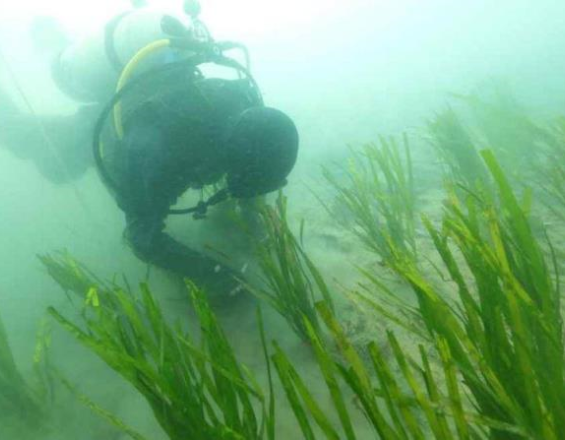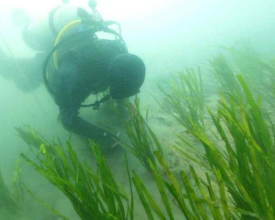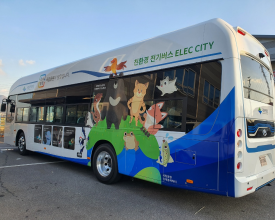
Principales políticas para la neutralidad de carbono de los Parques Nacionales de Corea en 2030

○ La primera es la Estrategia de Reducción de Carbono Cero de los Parques Nacionales. Planeamos establecer un sistema de transporte ecológico en los parques nacionales con vehículos de motor de combustión cero mediante la introducción de nuevas fuentes de energía renovables, la consecución del 100% de autosuficiencia energética para las instalaciones de los parques y la introducción de autobuses lanzadera ecológicos.
En segundo lugar está la Estrategia de Adaptación al Cambio Climático. Las medidas incluyen el refuerzo de la vigilancia de los ecosistemas vulnerables mediante la construcción y el funcionamiento de estaciones de cambio climático, el establecimiento de medidas de adaptación al cambio climático mediante evaluaciones de vulnerabilidad, la convergencia de tecnologías punteras como la RV con programas de prevención de catástrofes naturales para evitar la pérdida de almacenamiento de carbono.
○ Por último está la Estrategia de Expansión de la Cultura de Neutralidad de Carbono. Pretendemos crear resultados de valor social sostenible mediante la creación de un consenso nacional y extranjero establecido a través de la educación y los eventos medioambientales. KNPS también establecerá asociaciones ESG con empresas a través de nuestros distintos proyectos.
Contexto
Défis à relever
Ubicación
Impactos
○ La reserva de carbono de los ecosistemas forestales de los parques nacionales es de 347 millones de toneladas de CO2, y la media de reserva de carbono por hectárea es de 899 toneladas de CO2, 1,8 veces superior a la media de los bosques asiáticos* y 1,5 veces superior a la media mundial**. El Servicio de Parques Nacionales de Corea está previniendo y gestionando los daños a los ecosistemas causados por incendios forestales y corrimientos de tierras para preservar las reservas de carbono en los parques nacionales, y está promoviendo la expansión de los sumideros de carbono y el fortalecimiento de la conectividad de los ecosistemas mediante la restauración de los ecosistemas terrestres y marinos dañados.
* 499 CO2-ton/ha (Evaluación de los Recursos Forestales Mundiales 2020, FAO)
** 598 CO2-ton/ha (Evaluación de los Recursos Forestales Mundiales 2020, FAO)
○ Según una encuesta de percepción pública realizada en 2021, el nivel de concienciación sobre la neutralidad del carbono se situó en el 44%*. Utilizando la función de reserva de carbono de los parques nacionales, estamos difundiendo un consenso sobre la neutralidad de carbono a través de campañas para inducir a la acción, programas turísticos y educación.
* Ministerio de Cultura, Deporte y Turismo 'Informe sobre la percepción pública de la promoción de la neutralidad de carbono en 2050' (Nov. 2021)






